Dear Audience,
We chose the topic “dry slag processing“, which means the process of the materials which were not burnable and came again out of the waste incineration oven (Abfallverbrennungsofen) as a whole. We want to show how the process works after getting out of the oven. We want to explain to all people who are interested in the main concept of recycling and how the process works within an incineration plant (Verbrennungsanlage). This project has been performed in the context of the befter concept (before & after the experience).
Before
What was our goal and what did we know already?
We think this topic is crucial, because recycling of raw materials is extremely necessary not only from an ecological but also from an economic point of view. The recycling of raw materials prevents shortage and rising costs, because the materials get separated and then recycled. Our goal was to know more about the process and how the different machines work.
We think that when the valuable materials come out of the oven, it goes on a tape to the plant where the process begins. On the tape it leads to the machines, where it breaks it and the different materials get separated. For example silver, glass, aluminum, metal, iron and a little amount of gold. However, it is not getting separated in just one but in several steps.
After
Having organised a guide with the responsible person of the dry slag treatment plant (Schlackenaufbereitungsanlage), we received a lot of information. We wanted to know more about how the process works, what products they sell and how a crusher machine (Brechermaschine) runs. Now we do know much more than in the beginning and so we wrote a summary about the most important parts of the process and took some pictures. The responsible person René Müller also answered us some questions we wrote down for an interview. We will insert them below.
Summary Process
Dry slag from other plants is delivered by rail or truck. The dry slag is transported in closed containers because of dust emissions. The containers are inserted into the container warehouse. An empty container is already ready for the return trip resp. transport. The transfer trolley transports the container to the docking station, to which the container is connected dust-tight (staubdicht). The container door is opened and the container is tilted (gekippt).
The slag falls on a tape, which carries the slag in the treatment plant. After the iron separation with the magnet, the fraction larger than 80 mm is separated from a disc sieve (Siebplatte). If the manual sorting is in operation, these parts arrive directly on the tape of the manual sorting. All unburned parts such as rootstocks, phone books etc. and parts that are not broken for example chrome steel pans must be removed manually.
Atfer that step it goes through all the crusher machines and separating machines. The slag gets crushed every time in smaller parts until the end, where only minerals are left. If one piece didn’t get crushed it goes back to the previous step. In the next picture you can see it clearly.

Crusher Machine
In the crusher the individual slag parts are crushed. The crusher machine consists of a fixed and a moveable crusher plate, which are arranged to look like a wedge-shaped shaft. The moveable plate crushes the material and promotes it to the fixed plate. The desired grain size can be adjusted by the distance between the fixed and the moveable crusher plate. With the crushing of the slag, metallic parts are released from the mineral compound.
This is the first crusher machine which has the grain size 80 – 500 mm. Then the second one has the grain size 30 – 80 mm and the last one the grain size 8 – 30 mm.
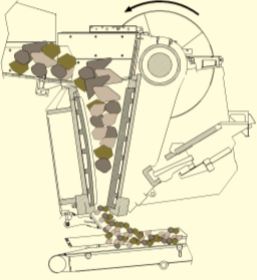
We also wrote down some questions we wanted to know more in-depth and also in order to explain it to the audience:
1. Wieso brennen diese Materialien, die als Schlacke aus dem Ofen kommen, nicht?
Der Ofen der KVA dient dazu, alle brennbaren Materialien zu verbrennen. D.h. es findet eine exotherme Reaktion mit Sauerstoff statt. (z.B. CxHy-Verbindungen reagieren mit Sauerstoff unter Bildung von Wasser und CO2). Die Schlacke ist der nicht-brennbare Rest, der nach dem Ofen übrigbleibt.
Präzisierung: die in der Schlacke enthaltenen, freien Metalle könnten ebenfalls noch oxidieren (= verbrennen). Dazu braucht es aber andere Bedingungen als sie im KVA-Ofen herrschen.
2. Was sind die wichtigsten Hauptabläufe, nach dem die Schlacke aus dem Ofen kommt? z. B. bei einer Pfanne oder einer Dose, wie sieht der Ablauf aus?
Beispiel: Pfanne aus rostfreiem Stahl: Der Überbandmagnet zu Beginn der Aufbereitung kann diese nicht entfernen, da sie nicht magnetisch ist. Das erste Sieb lässt die Pfanne nicht durch (>80mm), weshalb sie in der Handsortierung der Grobteile manuell aussortiert wird. Kunststoffgriffe sind selbstverständlich komplett weggebrannt.
Beispiel: Aluminiumdose: Im Ofen entstand ein Schmelzklumpen aus Aluminium. Dieser Aluminiumklumpen wird mit einem Nichteisenmetall-Abscheider aus dem Schlackenstrom separiert.
3. Welche Fraktionen gibt es?
Die Schlackenaufbereitungsanlage verarbeitet nach Entfernung der Grobteile drei Fraktionen (0.3-12mm, 12-30mm, 30-80mm). Das in der groben Fraktion nach Metallentfernung übrigbleibende Material wird gebrochen und wiederum in die entsprechenden Fraktionen ausgesiebt. Die Feinfraktion 0.3-12mm wird in 4 Unterfraktionen aufgeteilt, um eine maximale Effizienz bei der Nichteisenmetallentfernung zu garantieren.
4. Wie funktioniert genau eine Brecher-Maschine?
Es werden Backenbrecher eingesetzt. Eine bewegliche Platte bildet gegen eine feststehende Platte einen keilförmigen Schacht, in den das zu brechende Material fällt. Durch elliptische Bewegung der beweglichen Platte wird das Material zerdrückt und fällt durch den unteren Spalt aus der Maschine.
5. Welches ist das meist vorkommende Material?
Die mineralische Restschlacke (ca. 85% der Inputmasse)
Bei den Metallen dominieren Eisen und Stahl (ca. 10% der Inputmasse). Die Nichteisenmetalle machen nur ca. 4.3% aus, tragen aber wesentlich zu den Metallerlösen bei.
6. Welche Wertstoffe werden rausgenommen und verkauft?
Eisen und Stahl
NE-Gemisch >80mm, 30-80mm, 12-30mm
NE leicht (Aluminium) 0.3-1.2mm; 1.2-12mm
NE schwer 0.3-12mm
Glas 12-30mm
7. Hat dieses ganze Verfahren der Aufbereitung einen Einfluss auf die Wirtschaft, ökologisch gesehen?
Ja, sehr wohl. Jedes kg Metall, welches für eine weitere Verwendung erhalten bleibt, muss nicht neu aus Bodenschätzen gewonnen werden!
And as follows our pictures from the plant
The authors
Fabio P. and Christian G.
Sources
All information and numbers are from our plant visit, guided by René Müller, CEO ZAV Recycling AG, 11 December 2018
All Photos are self-made during our guided tour with René Müller and our bilingual class excursion with the KEZO guide Bettina Häuselmann, 25 October 2018.
Header drawing made by Christian G.
Vocab
Incineration plant – Kehrichtverbrennungsanlage (KVA)
bottom ash treatment plant – Schlackenaufbereitungsanlage
Slag – Schlacke (Asche aus der KVA)
Slag processing – Schlackenaufbereitung
Crusher machine – Brechermaschine
Electronic scrap – Elektroschrott
Combustion chamber – Brennkammer, Ofenhaus
Steel, cupper, iron – Edelstahl, Kupfer, Eisen
On-topic posts on dontwastemy.energy
Long-Distance Heating for gardening (KEZO Fernwärme für Gartenbau)
KEZO impressions from a former wkvw excursion in 2018, video made by Nadja, Team befter 2018 (what is befter?)
☷ See the project teams here »
☵ Some words about the contributions »
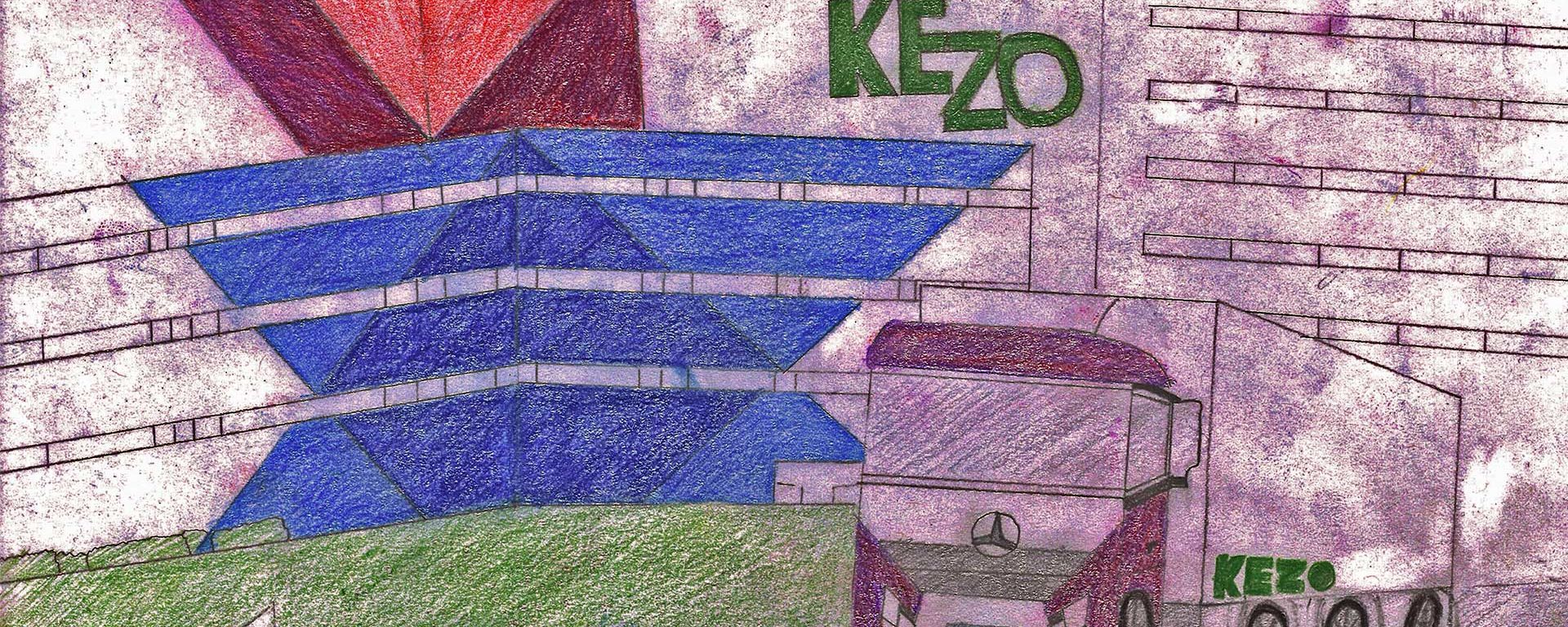


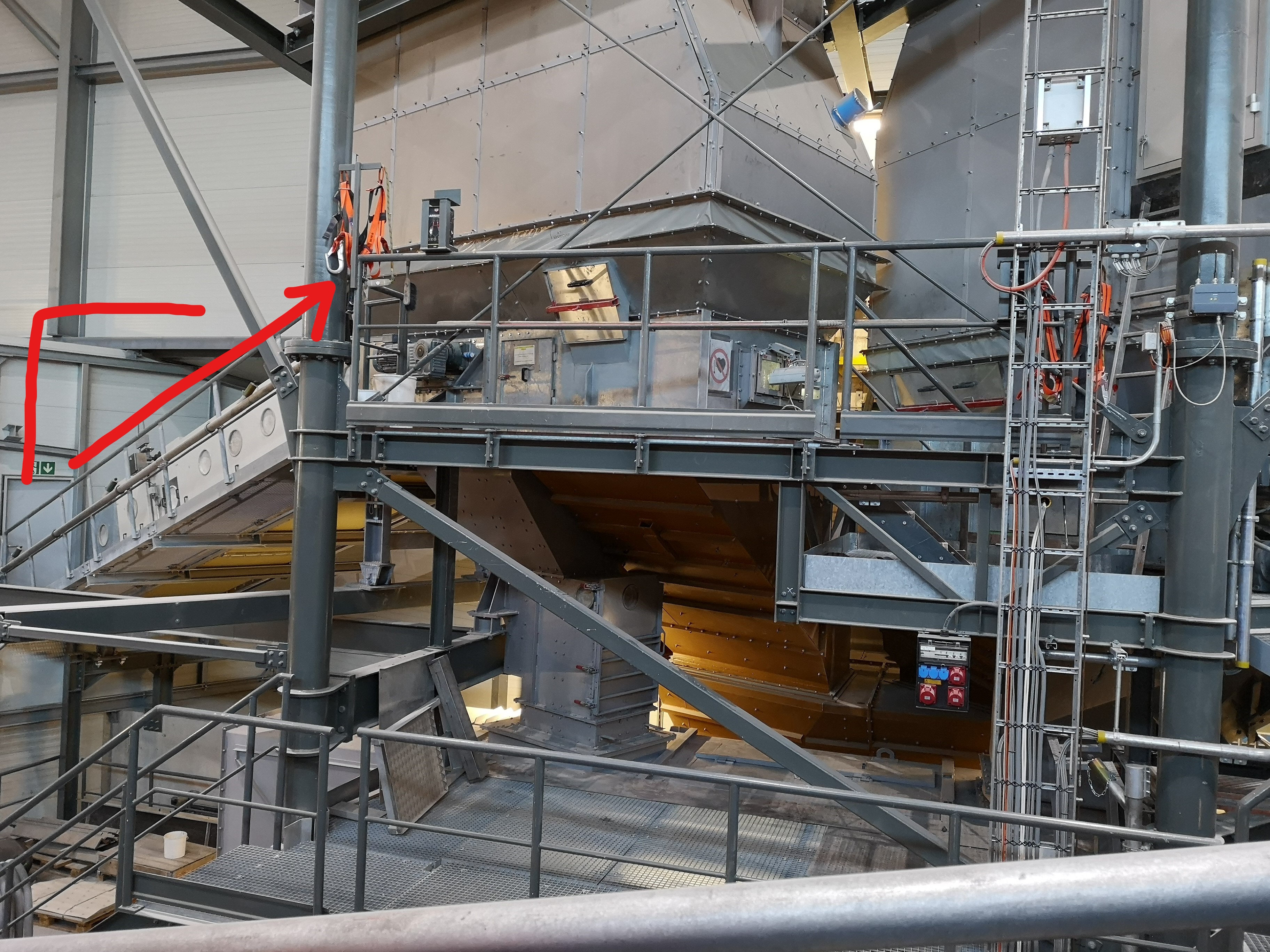



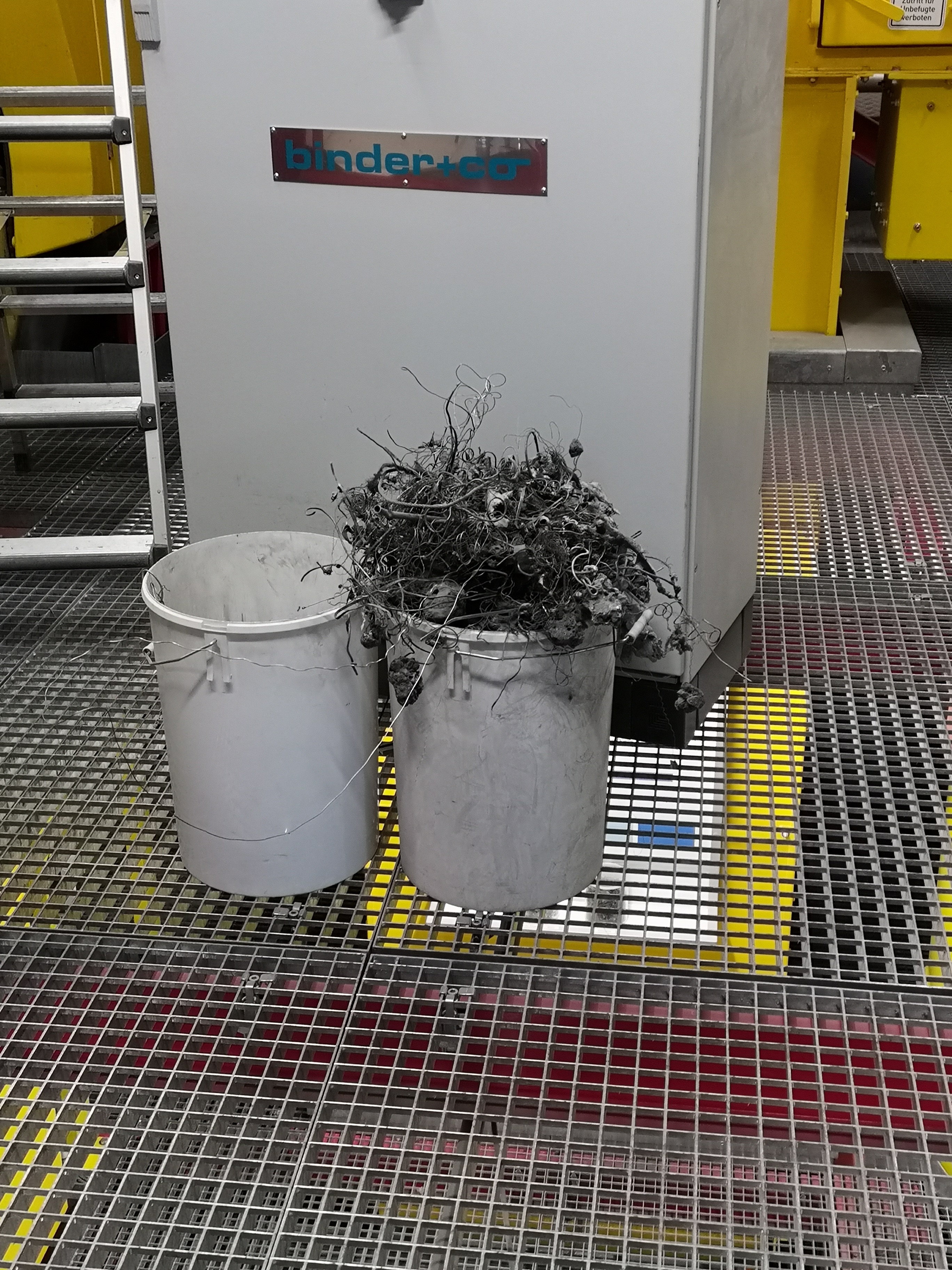
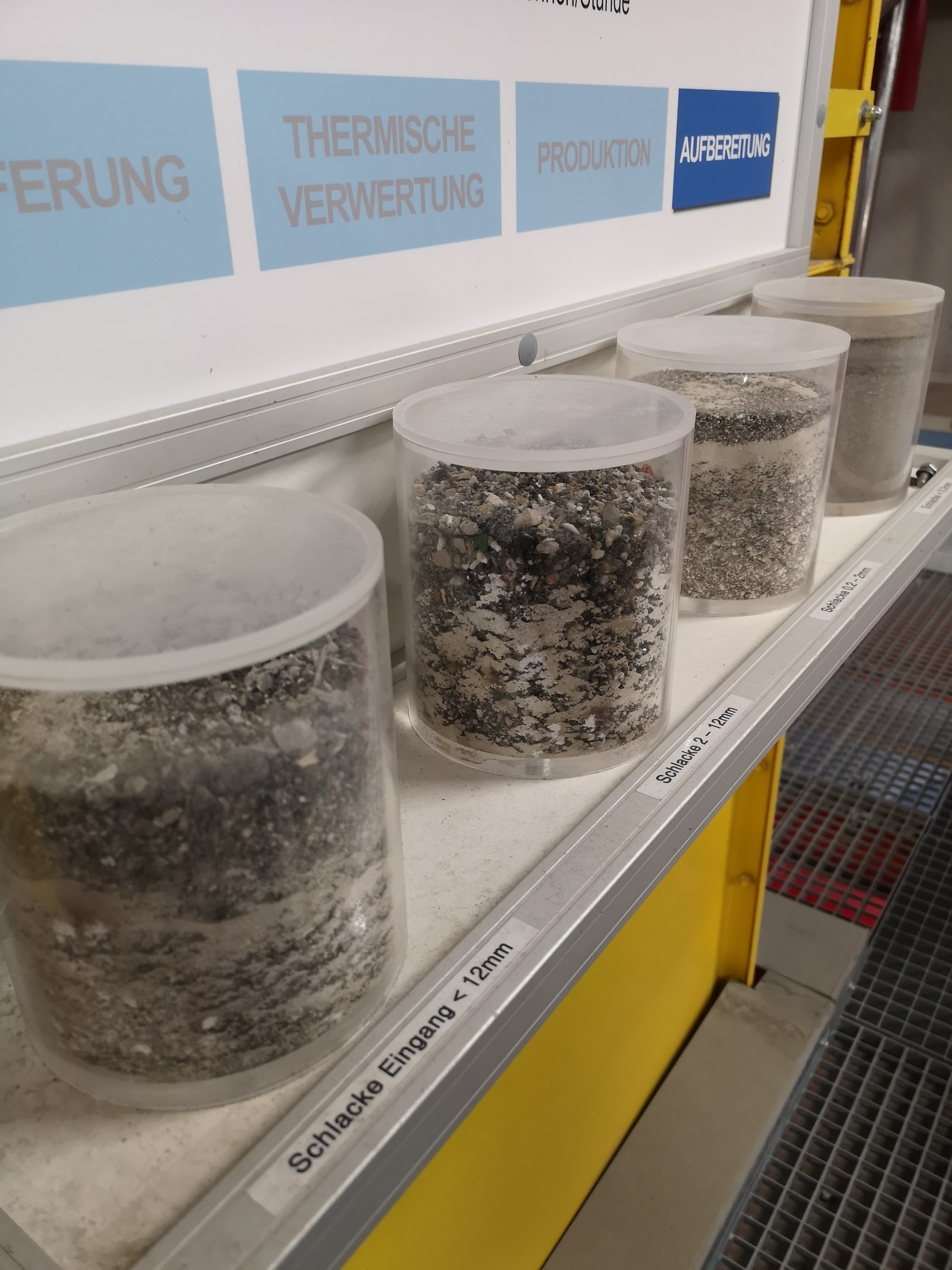
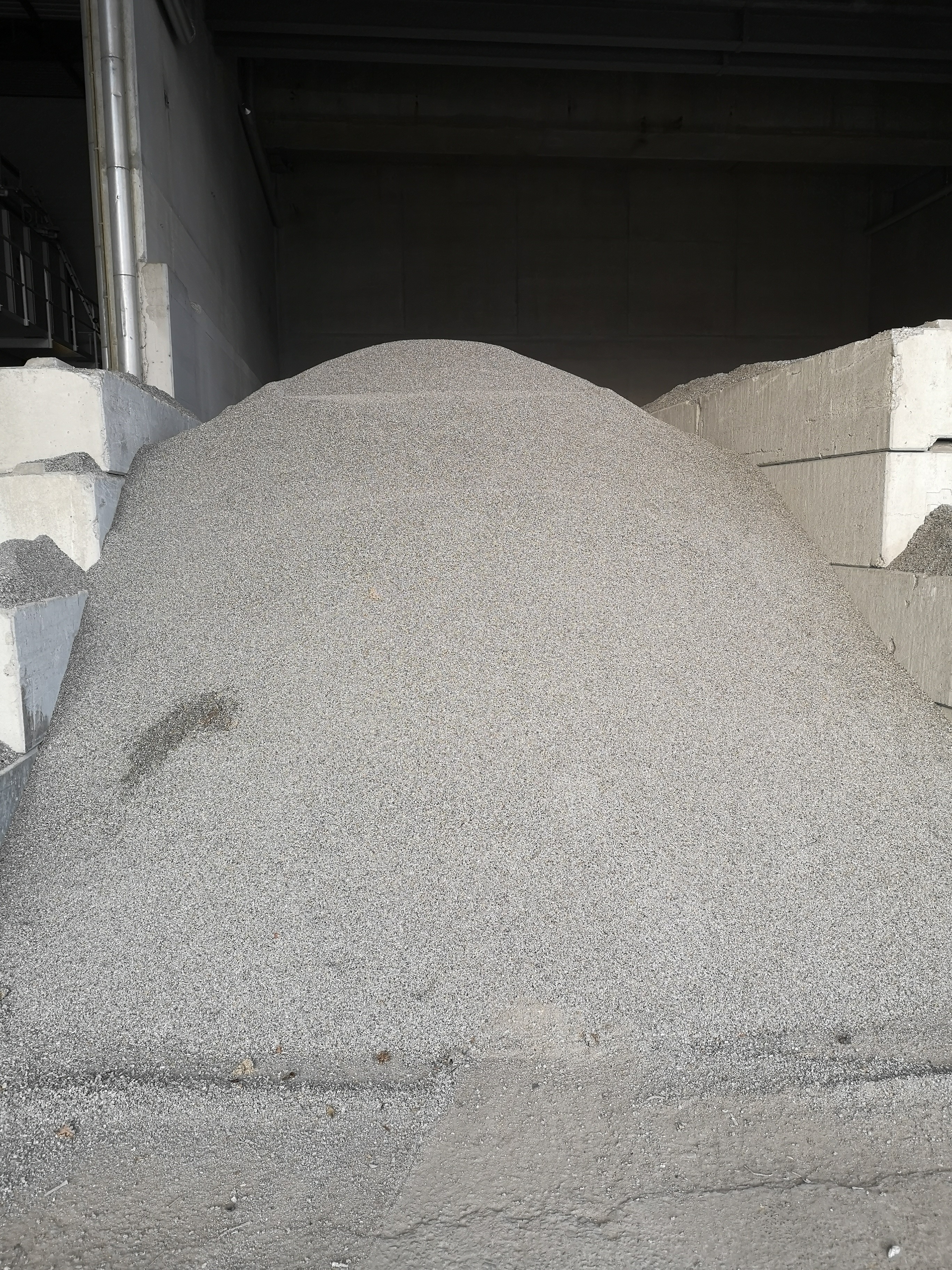

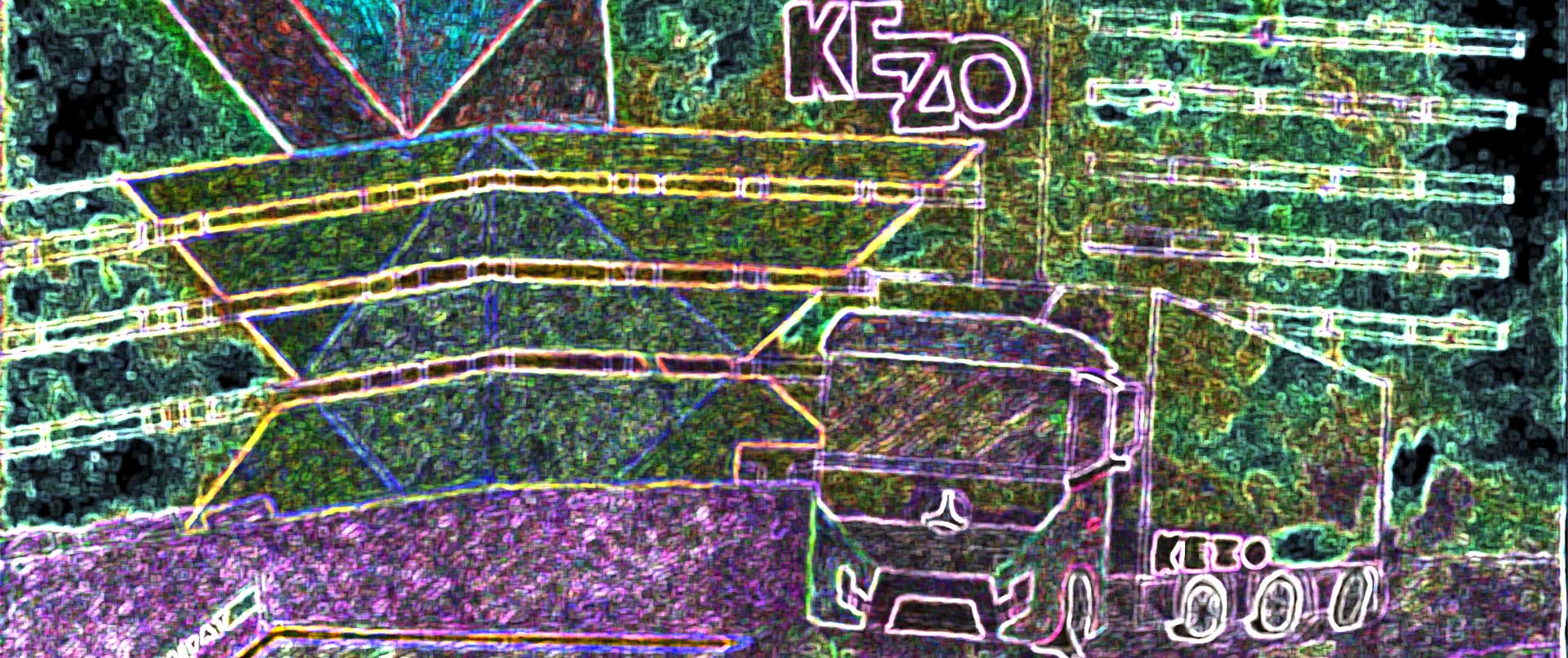
I spent a lot of time to find something such as this!
Thanks for this revealing contribution and the artistic header pic! However, the dry slag process is a multi-layered process: after sifters (Siebe) and crusher machines for all sizes of materials (for getting at the metals inside the various slag materials) the dry slag finally gets to the eddy current separator (Wirbelstromabscheider) so that the mineral materials (e.g. stone, gravels, cement) can be separated from the metallic materials (e.g. copper, zinc, silver, palladium, gold)!
Thanks a lot for this interesting contribution.
Well-understandable description and interesting picture material about: how to get out of waste still a lot of valuable metals in top quality – although the people actually could bring the most directly into the metal recyling collection points.
The film is funny and captures the rare moment when sometimes liquid sludges are unloaded.